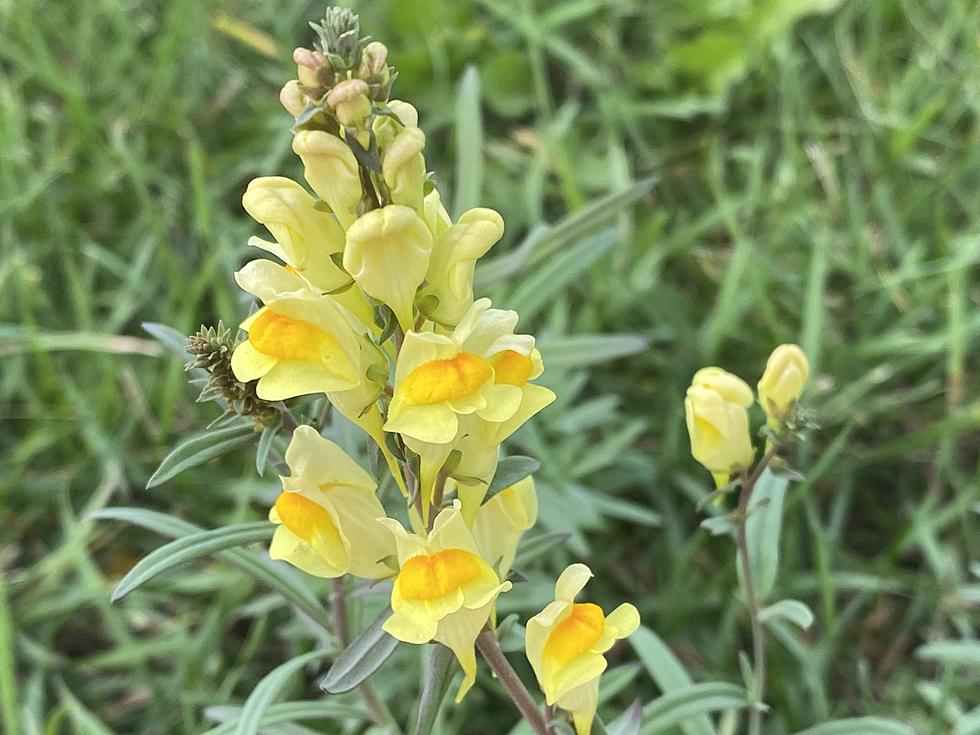
They’re Not Wild Snapdragons, Get Rid of This Weed in Your Minnesota Yard
I found myself giddy with excitement last week on a walk with my dog. Growing up my mom would let my sister and I pick out flowers to plant every spring and I was always a fan of snapdragons. I loved that they had "mouths" that would open when they were pinched, and they were always so bright and colorful.
When I was out on a walk last week I noticed what appeared to be snapdragons growing along the sidewalk. I was surprised because I never knew that they could grow wild in Minnesota.
Even though they look very similar, what I saw growing (pictured above) is actually "butter and eggs" or common toadflax:
Butter and eggs is native to the steppes of Europe and Asia. In the 1700s this plant was introduced into North America as an ornamental plant, and is sometimes still sold commercially. In Minnesota, it grows on gravelly to sandy soil along roadsides, railroad yards, waste places, dry fields, pastures, and croplands.
If you find this plant growing on your property, know that it is technically a weed and should be treated as such. According to the Minnesota DNR, butter and eggs can form dense patches, and competes well against less aggressive native plants in gravelly and sandy soil which presents a problem in prairie reconstruction projects once it has established itself. It can be mildly toxic to cattle and degrade pastures, so getting rid of it is your best bet.
If you're wanting snapdragons, maybe just pick up some annuals at your local greenhouse instead of waiting for this weed to pop up.
Take a Fall Walk Through Bob Cross Nature Preserve
Mansion on the Market in St. Cloud Looks Like a Hallmark Movie Set
Former Tech High School Renovations
More From 98.1 Minnesota's New Country







